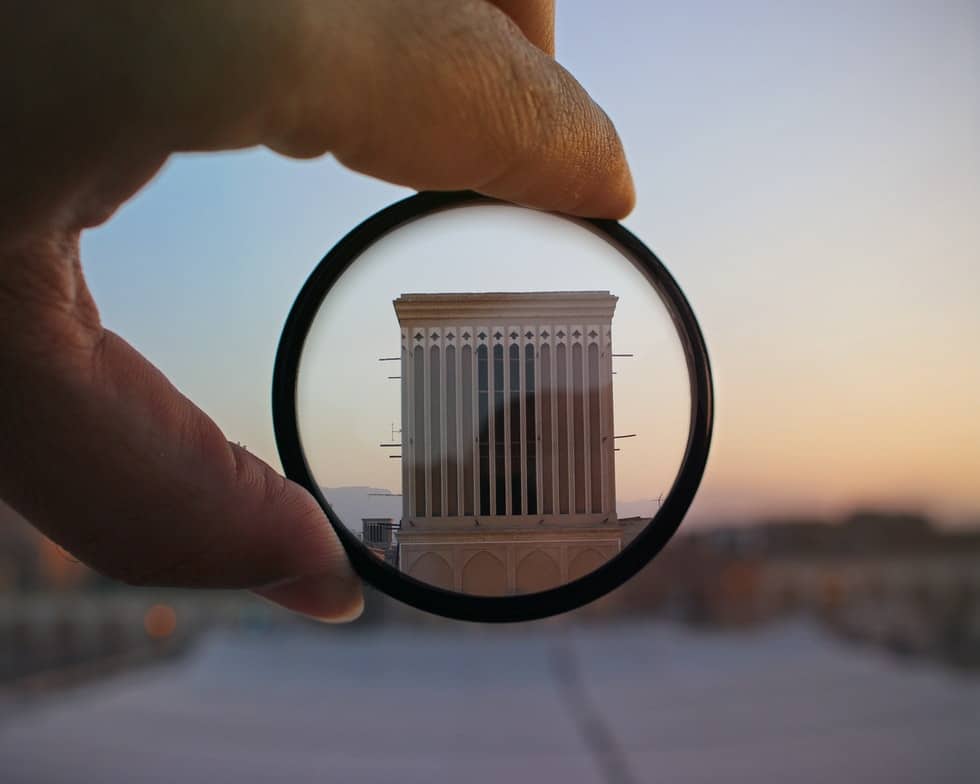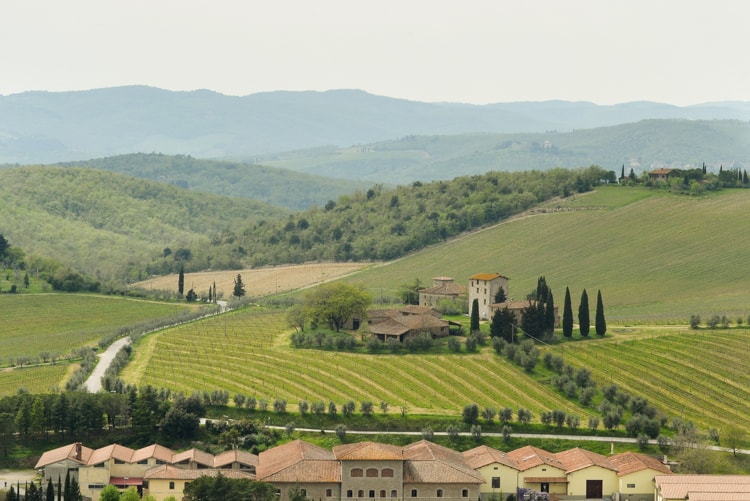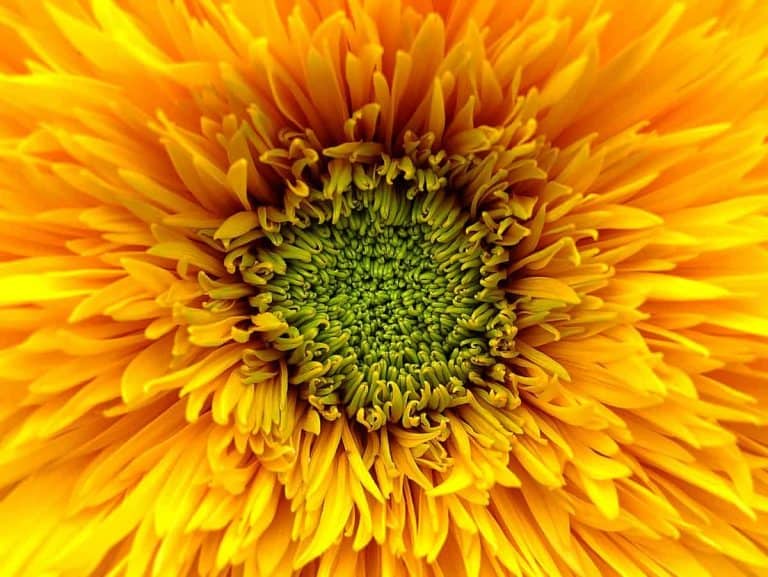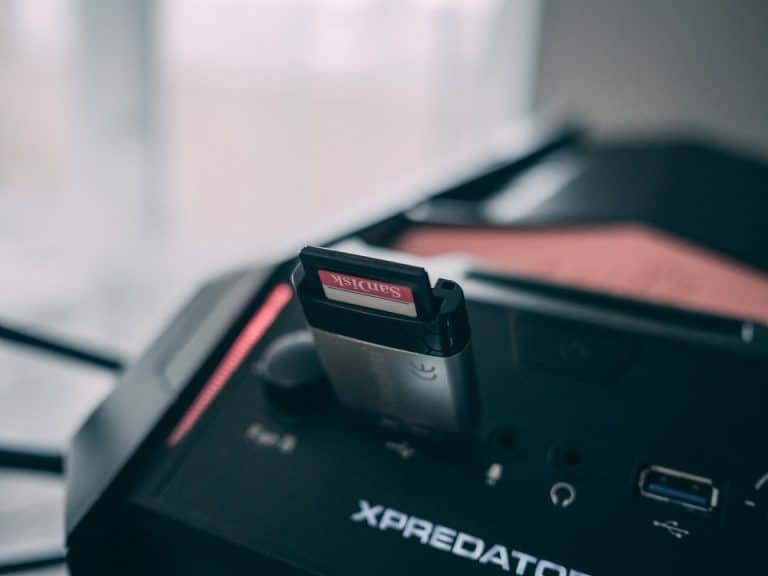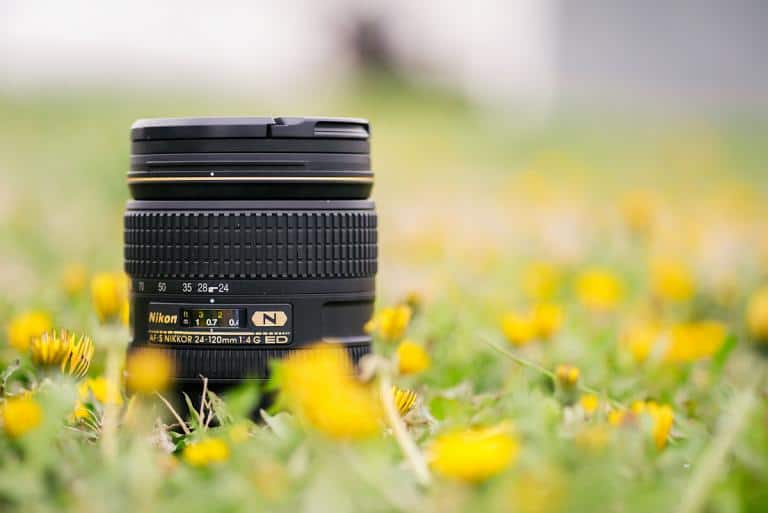Photographers everywhere have a difficult relationship with light. Light is necessary to make images, but if there’s too much light, shots with all but the most limited exposure times will appear to be washed out.
Neutral density filters bridge the gap between ambient lighting and short exposure times by reducing the overall amount of light entering into the aperture of the camera when you’re shooting. This means that these filters are essential tools in every photographer’s toolbox.
Picking an ND filter may be difficult for photographers who are still learning the ropes, however. Check out our buyer’s guide for the best ND filters below to get the details on what you should look for in an ND filter when you’re shooting as well as a handful of ND filter reviews.
Which Photographers Need Neutral Density Filters and Why?
Neutral density filters are useful for all photographers, but they are especially effective for photographers who are usually shooting with longer exposure. Thus, landscape photographers tend to be the most prolific users of these filters.
Photographers who seek to replicate motion blur effects while shooting can also make use of the lighting reduction property of neutral density filters.
Most photographers can benefit from knowing how to use a neutral density filter.
[amazon table=”635296″]
For portrait photographers, using a neutral density filter when you’re shooting can make up for subpar light conditions on the set, whereas for abstract photographers, neutral density filters can exaggerate the light effects they prefer.
As a rule of thumb, larger aperture sizes, longer exposures, and having minimal control over the light conditions of the time you’re shooting are all things that can be improved by having a neutral density filter in your camera bag.
In contrast, macro photographers typically don’t need to have an extensive collection of neutral density filters because higher-power density filters can cause vignetting, which is already a very common problem for macro shots.

How to Shop For a Neutral Density Filter: Things to Think About
There are several factors you should pay attention to when you’re shopping for a neutral density filter, which we’ll discuss in this section.
Number of Stops and Filter Power
The filter strength refers to the amount of lighting reduction that the neutral density filter has. Neutral density filters with less reduction have a lower filter strength, whereas filters with more stops of light create darker images.
As an example, a 10 stops neutral density filter will keep more light than a 3-stops density filter when you’re shooting, thereby creating a darker image from the same shot and lighting conditions.
Quality and Lack of Color Cast Distortion
The quality of an ND filter is a critical consideration because low-quality neutral density filters can reduce the sharpness of the image, especially around the periphery of the lens.
Alternatively, weak filters can alter the casts of the image by reducing the intensity of incoming light unequally across the visible spectrum.
When an ND filter alters the color cast of an image, it’s because the filter material does not block light at every part of the visible spectrum equally when you’re shooting.
This means that the filter might be effective at blocking red light and less effective at blocking blue, thereby shifting the cast of the image towards the cool end of the spectrum.
It’s important to recognize that color shift is not a dealbreaker for picking the top ND filter in many cases. Because all but the worst neutral density filters that do have a color shift alter all of the colors in the spectrum uniformly, the effect may not be noticeable to most people.
You may be able to tell the difference between color shifting neutral density filters and perfectly unbiased neutral density filters in a head-to-head comparison. However, the vast majority of the time the cast is internally consistent and thus does not interfere with the depiction of light inside the image.
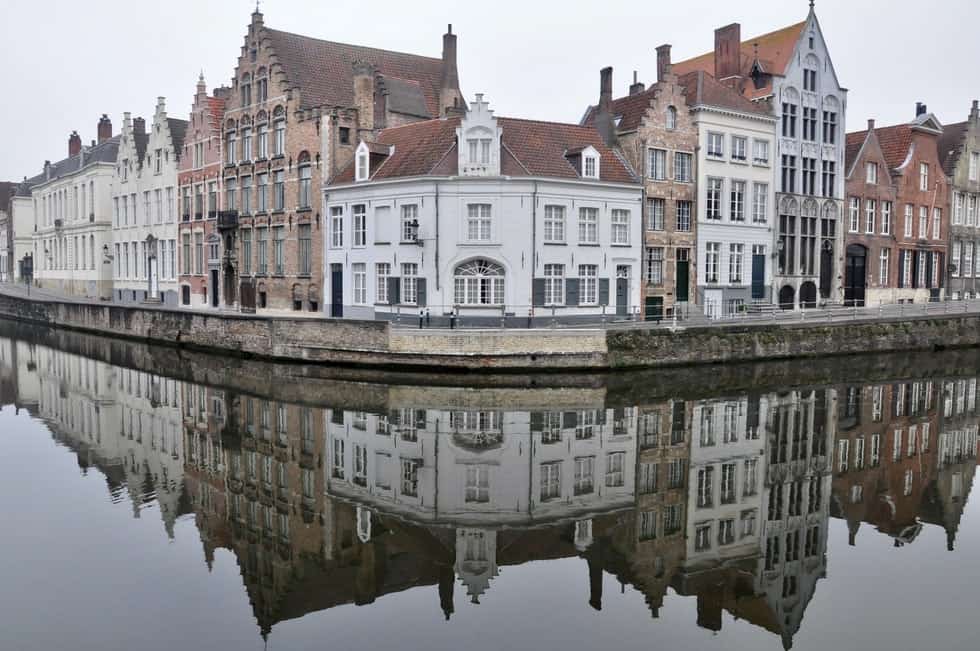
Filter Durability and Frame Quality
The build quality of an ND filter determines how durable it is, but because neutral density filters don’t have any moving parts, careful handling can mitigate poor build quality.
Overall, you should expect filters of sufficient build quality to be rigid when torsional forces are applied. If your neutral density filter warps when you gently apply pressure from opposite ends, it doesn’t have high build quality.
Thread Size Compatibility
The neutral density filter thread size determines which lenses and which cameras the filter is compatible with. Be sure to verify the lens compatibility before making a purchase.
The Best Neutral Density Filters
Now that you know what to look for in a neutral density filter, it’s time to learn about the best filters and why they’re effective.
Limit Ambient Light Reflection With The 1 and 2-Stops ND Filters
1-stops filters are the best filters for standard exposure times or for normal shutter speed.
The [amazon link=”B00OH35LZA” title=”Vu Sion ND” /], B+W 101 ND, and Heliopan Grey ND are all some of the best filters in the category. Each of these filters maintains true-to-life casts that are evenly distributed.
[amazon box=”B00OH35LZA” template=”horizontal”]
There is a small amount of color shifting towards the red end of the spectrum with the Heliopan and the Vu Sion ND filters, but it isn’t a dealbreaker. In contrast to these two filters, the B+W 101 ND has very little color shifting. All three of these filters have good build quality.
2-stops neutral density filters are useful for situations where photographers are shooting trying to capture one-off actions rather than continuous events.
The Lee Pro Glass .6ND 100mm and Vu Sion ND are two of the most popular and most effective 2-stops neutral density filters, making them widely used for long exposure shots in controlled environments like portrait studios with a normal shutter speed.
The 102 ND Heliopan Grey ND .6 are also great choices for photographers who want to capture vibrant action photos with higher shutter speed and their casts are spot-on.
Workhorse 3-Stops Neutral Density Filter
A 3-stops neutral density filter is ideal for photographers who want a versatile ND filter that they can attach for shooting outside or in indoor areas where lighting isn’t easily controllable, like at concerts or plays.
The B+W SC 103 and Manfrotto ND 8 are effective choices for photographers who want to shoot in B W. Both filters emphasize preserving B W grey tones so that they are true to life.
The Tiffen Water White ND .9 is the industry standard for these filters as a result of its near-perfect cast and superb quality. For an alternative with lower build quality, try the more affordable Tiffen Neutral Density .9.
The Lee Pro Glass .9 ND and the [amazon link=”B0000AI1F0″ title=”Hoya NDX8″ /] have excellent quality, but both have modest color shifts that can play tricks with sharp-relief compositions.
[amazon box=”B0000AI1F0″ template=”horizontal”]
Finally, while it’s still one of the best filters, you should be aware that the Breakthrough Photography X4 ND filter has a slightly cooler cast than the other similar filters.

4 & 5-Stop Filters For Niche Applications
These filters are among the least common because they fall in the uncanny valley of moderate but not total reduction. This means that they block too large an amount of light for some applications, but not enough for others.
Singh-Ray’s illustrious 77mm MOR SLO ND-5 is the exemplar of this filter category, complete with good image quality, accurate casts, and high build quality.
In contrast, the [amazon link=”B00158Y44Y” title=”Tiffen HT ND” /] filter is great for amateur photographers who want a versatile reduction option in their camera bag.
[amazon box=”B00158Y44Y” template=”horizontal”]
Shoot Gorgeous Landscapes The With 6-Stop Filter
This filter is dark enough for landscape photographers and they are also great for slower than average shutter speed. As a result, a filter like this is viable for taking motion-blur effect photos with slow shutter speed.
The B+W SC 106 is the workhorse ND filter for many photographers. It combines a slightly warm cast with the high build quality and affordability.
In contrast, the [amazon link=”B00IXO4DYO” title=”Lee Little Stopper 100mm at 1.8″ /], and the Breakthrough X4 Neutral Density are more pricey options that have a hint of warmth in their casts.
[amazon box=”B00IXO4DYO” template=”horizontal”]
In terms of the top ND filter with six stops for minimizing color shift, the Tiffen Water White ND leads the pack.
The [amazon link=”B076GGQ2V7″ title=”Tiffen Water White IR ND” /] is a special filter worth mentioning because it is compatible with infrared cameras, though its image quality is somewhat lower.
[amazon box=”B076GGQ2V7″ template=”horizontal”]
For Long Exposure Shots, Try These 9 and 10-Stop Filters
9-stop filters are a slightly less powerful alternative to 10-stop ones.
Manfrotto’s capable 500 neutral density filter is one of the more common filters of its type, and it’s great for photographing waterfalls or other shots with high but not extreme exposure time or shutter speed.
10-stop filters provide the highest amount of reduction, reducing lighting to an intensity of 0.1% in the final image.
Vu Sion’s ND Filter and the Tiffen 3.0 NDF are the two best options for amateur photographers. While they each have a considerable amount of color shift towards warm colors, the overall cast is acceptable.
For photographers who prefer a cooler color shift, the [amazon link=”B00E4FNHFC” title=”Lee Big Stopper 100mm 3.0″ /] and the [amazon link=”B07TDDL624″ title=”Nisi 100mm” /] filter are alternatives with high image quality.
[amazon box=”B00E4FNHFC” template=”horizontal”]
[amazon box=”B07TDDL624″ template=”horizontal”]
The Breakthrough Photography X4 ND Filter and the Heliopan Neutral Density 3.0 Filter are both workhorse options for professional photographers who need accurate casts as well as stellar reduction.
For advanced photography, Tiffen’s XLE Apex “HOT Mirror” filter minimizes glare, maximizes the shallow depth of field effect, and maintains a low amount of light during longer exposure times.
For B W photography, the 110 ND is a choice with a wide range for shades of grey. The Tiffen XLE Axent and the Heliopan Grey ND 3.0 are both good alternatives for B W photography, but their build quality is lower.
The [amazon link=”B00485ZJB8″ title=”3.0 ND MRC 110M Filter” /] is the top-of-the-line option for B W photography in this category.
[amazon box=”B00485ZJB8″ template=”horizontal”]
The [amazon link=”B00HF6HI3O” title=”Hoya ProND1000 Filter” /] and Tiffen XLE Advantix are comparable models that sacrifice B W accuracy for clean hue casts.
[amazon box=”B00HF6HI3O” template=”horizontal”]
The Singh-Ray Mor-Slo ND Filter is the premier neutral density filter for long exposures. When long exposures start to become extreme in length, this filter can still keep up.
Block The Most Light With a 15-Stop Filter
For extremely bright situations where the lighting conditions are both uncontrollable and intense, the 15-stop filter is the most capable option. They are also the best type of filter for exceptionally long exposure times, but they tend to sacrifice a bit of image quality.
Singh-Ray’s MOR SLO ND is the mainstream choice for maximum exposure time shots. Expect some color shift towards the cooler end of the spectrum.
The [amazon link=”B01CUKZRDM” title=”Lee Super Stopper 100mm 4.5″ /] is the filter of this type with the most accurate color casts. Furthermore, its image quality is as good as it gets with these filters.
[amazon box=”B01CUKZRDM” template=”horizontal”]
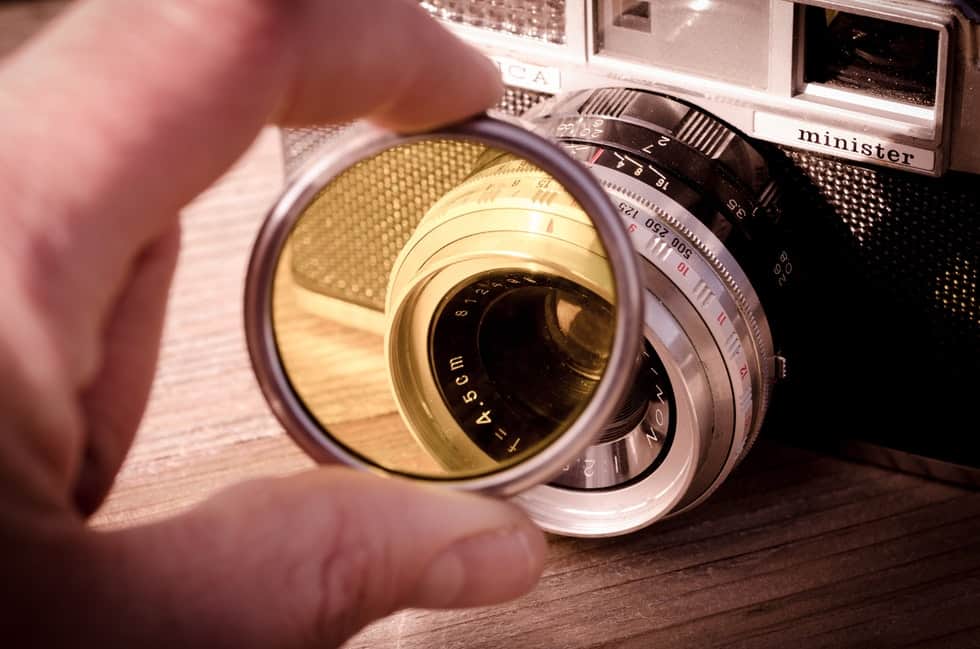
Filter Kits
Filter kits are collections of neutral density filters that offer a variety of choices in the same set. This means that filter kits are the top ND filter solution for photographers who want the ability to switch between different filters depending on the setting.
On the other hand, many of the neutral density filters included in filter kits are of low build quality and sometimes of questionable image quality.
Neewer’s Neutral Density ND2 through ND16 Filter Kit is a neutral density filter kit that doesn’t compromise on quality in any category. With this kit, you’ll get four different neutral density filters that enable a huge spectrum of shots.
Best Specialized ND Filters
ND-filter classifications don’t necessarily lend themselves to easy perusal. In this section, we’ll look at specialized models so that you’ll know which we recommend for specialized purposes.
Best ND Filter for Filmmakers
The top ND filter for filmmakers depends on the type of filmmaker. Amateur filmmakers who do not have total control over the light on the set will do the best with something like the [amazon link=”B06XRY2HLD” title=”Neewer Neutral Density filter kit ” /] because it provides them with an array of choices for each situation.
[amazon box=”B06XRY2HLD” template=”horizontal”]
On the other hand, many amateur filmmakers can probably get by with a mainstream 3-stop filter ND such as the [amazon link=”B00004ZCH6″ title=”Tiffen Neutral Density .9″ /].
[amazon box=”B00004ZCH6″ template=”horizontal”]
Professional filmmakers will be served the most effectively by assembling a set of Tiffen Water White ND filters composed of both low and high number ones.
Best ND Filter for Wedding and Portrait Photographers
Portrait and wedding photographers need to capture life in their subjects, but they do not necessarily need to capture blur with great accuracy, nor do they need to maintain perfect color casts.
Portrait photographers can fully control the light via the composition of the set, so picking the right ND filter is a matter of minimizing color shifting and maximizing image quality.
However, especially in the case of wedding photographers, it isn’t acceptable to have over-exposed shots. This means that wedding photographers will typically prefer a 3 or 4-stop neutral density filter.
In particular, the [amazon link=”B07CZLNVFQ” title=”Breakthrough Photography X4 ND” /] is a great selection for outdoor weddings because it won’t degrade the quality of exposure.
[amazon box=”B07CZLNVFQ” template=”horizontal”]
Best ND Filter for Landscapes
Landscape photographers have a different set of needs when it comes to the best ND filters. With longer exposure times, landscape photographers can capture more detail as well as a more expansive depth of field.
Likewise, long exposures increase the chance of over-exposure, so most landscape photographers opt for something along the lines of the 6-stop Tiffen Water White ND.
6-Stop Filters and Landscapes
Many photographers consider these neutral density filter to be the best ND filters for landscape shots.
The reason for this is that these ND filters frequently in the sweet spot for reduction and average exposure times, blocking enough light to prevent over-exposure while also enabling continuous motion blur shots such as in waterfall photographs.
ND Filter for Waterfalls
The 6-stop ND filter is the most common for taking blur images of waterfalls, but it isn’t the only option. Depending on how far away the photographer is from the waterfall and what the conditions are, other filters might do the job better.
For example, a close-up waterfall motion shot could be accomplished without an ultra-long exposure with the help of a 3-stop ND filter.
On the other hand, a distant time lapse shot dedicated to exaggerating the size of the waterfall would be better served by a 10-stop filter or potentially a 15-stop filter if shooting at high noon.
Best ND Filters for Urban or Rural Long Exposures
Urban long exposure shots can make for stunning and beautiful smears of color from the tail lights of cars or motion blurs from walking people.
In the majority of cases, urban long exposure shots require higher ND filter strength to prevent the background of the image from becoming washed out. The [amazon link=”B00V5B5QFC” title=”Tiffen XLE Advantix” /] is one of the top ND filter options for this purpose.
[amazon box=”B00V5B5QFC” template=”horizontal”]
In contrast, rural long exposures face less light pollution as well as fewer surfaces that light can reflect off of, meaning that they typically need slightly less reduction.
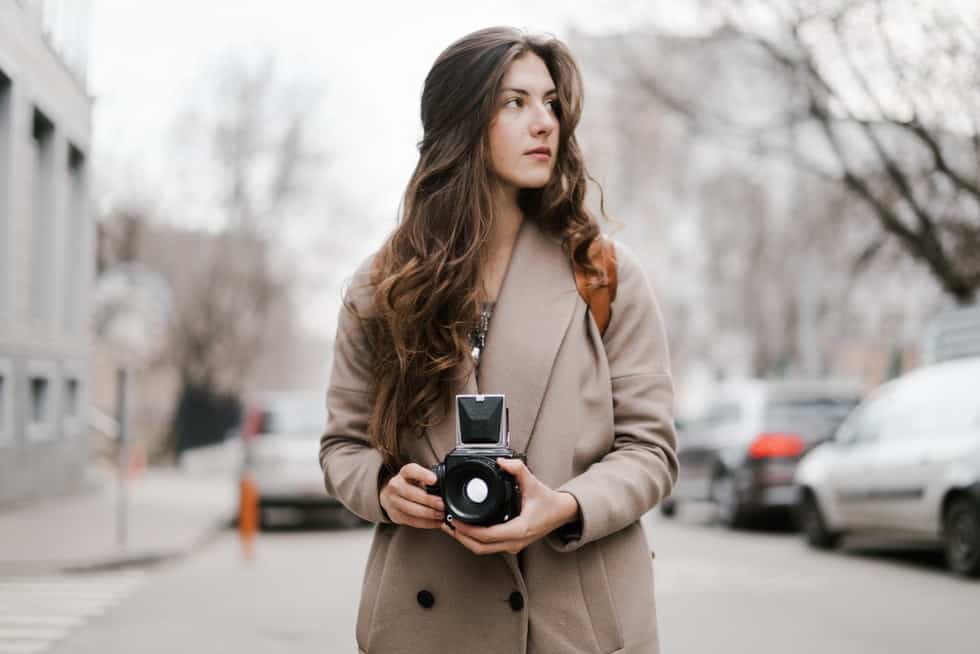
Best ND Filters for Abstract or B W Photography
Abstract and B W photography sometimes make the photographer’s choice of ND filter one of the most central visual tropes.
To exaggerate shadows, opt for a high-strength B W filter like the Lee Super Stopper 100mm 4.5.
Be aware that the best neutral density filters for abstract or B W photography may cause your photographs to have technical issues like vignetting if you aren’t careful.
Black Filters and Vignetting
The strongest ND filters can sometimes cause vignetting around the periphery of the lenses. This is not a result of poor filter design or low build quality, nor is it a problem with the image quality produced by shots taken through the filter or the lenses.
Instead, vignetting occurs because with larger aperture sizes there are certain paths of light that enter the lens at an angle and subsequently get slightly refracted obliquely. When the light is refracted rather than passing through the lens directly onto the image sensor or film, it decreases in intensity.
The effect is more pronounced with higher amounts of light reduction because there is less light making it into the lens to begin with. Thus, if you shoot with a stronger ND filter, you may need to increase your exposure time or make your aperture size smaller to reduce vignetting.
Best Value ND Filter
The best value ND filters come from those that are the most versatile. The Hoya NDX8 is our choice for the overall best neutral density filter for value because of its balanced cast and good image quality.
Do Amateur Photographers Need ND Filters?
Many amateur photographers find that they get higher-quality images when they shoot with a neutral density filter.
On the other hand, many amateur photographers have only a passing familiarity with technical photography concepts like shutter speed, exposure times, square filters, color casts, color shift, and the properties of light.
This means that while density filters can vastly improve an amateur’s image quality and the impact of light exposure, they aren’t strictly necessary to take good pictures.
